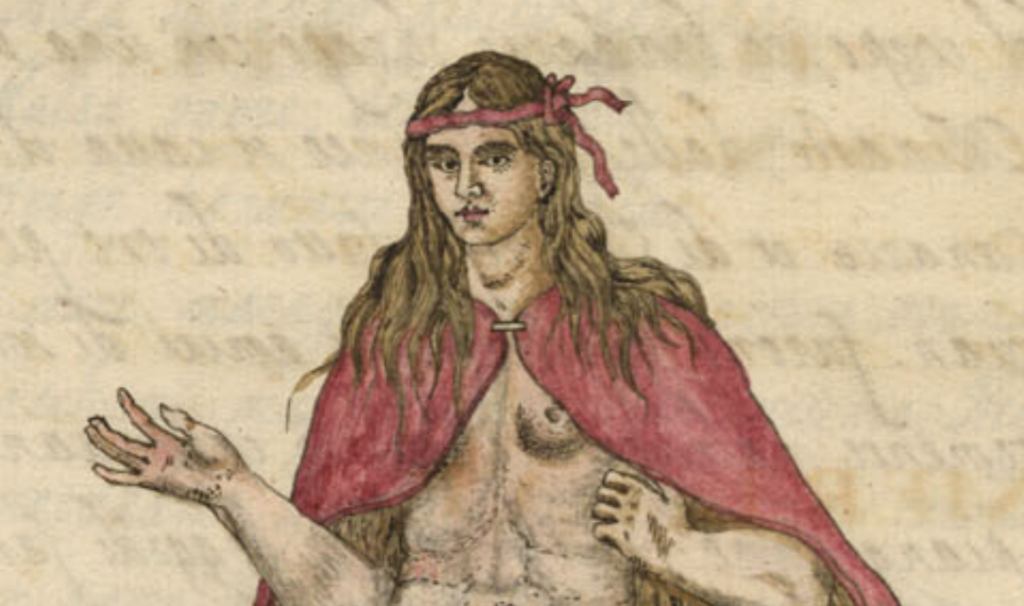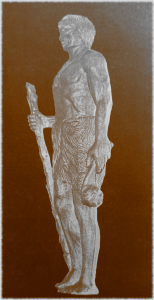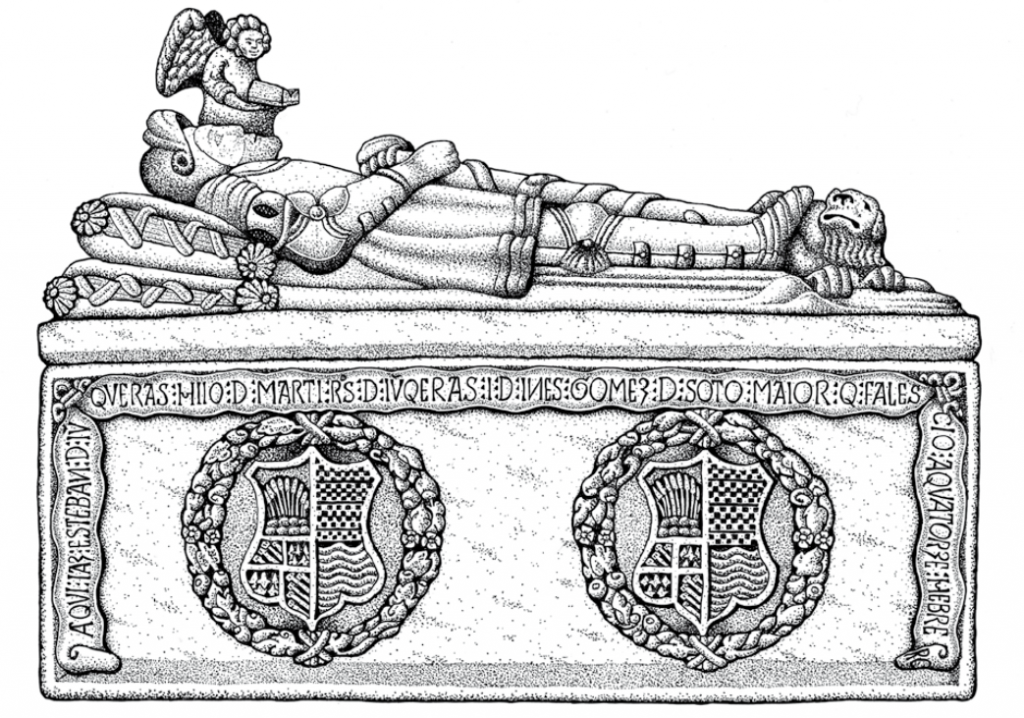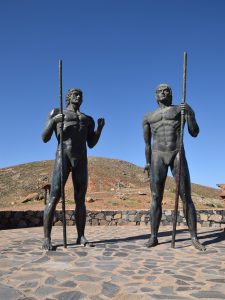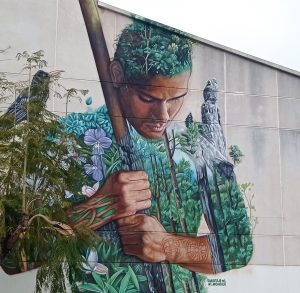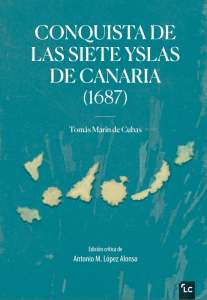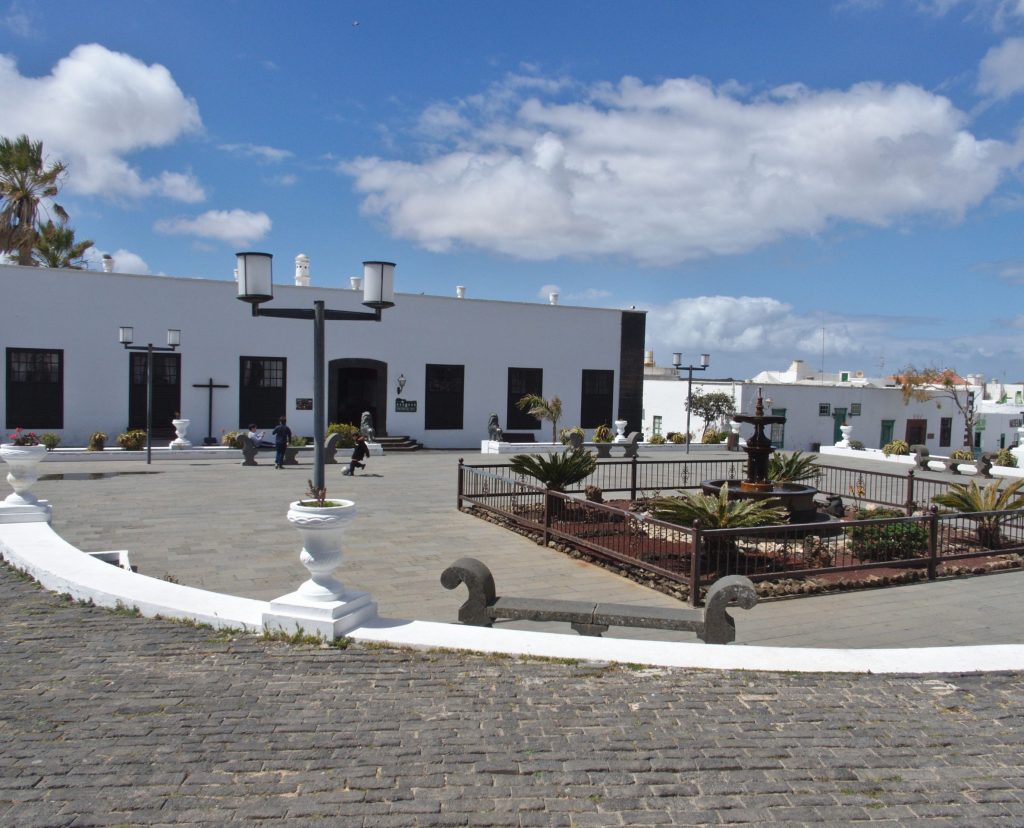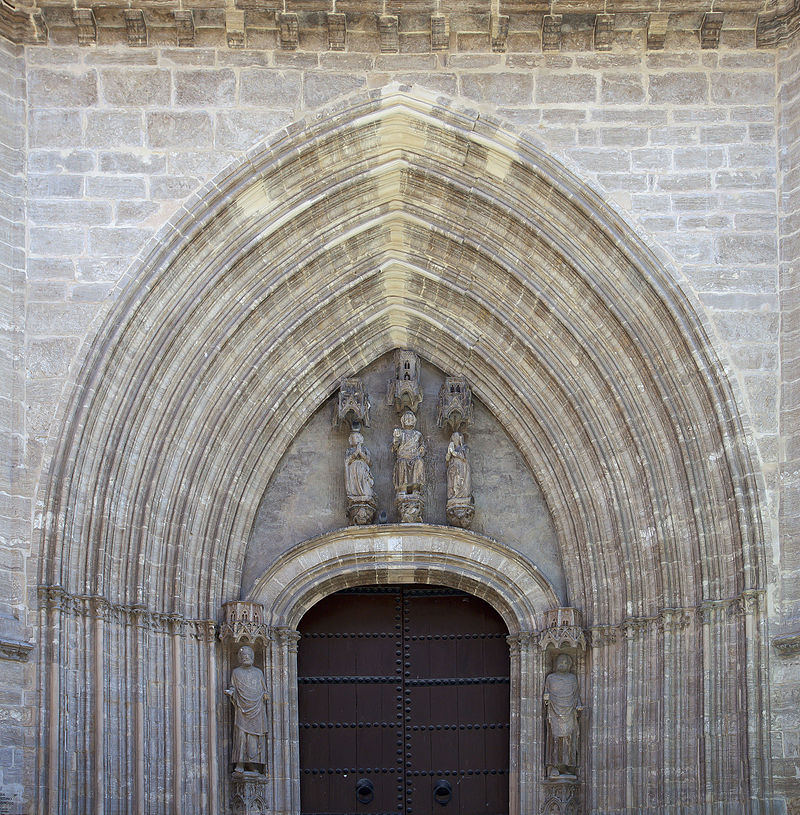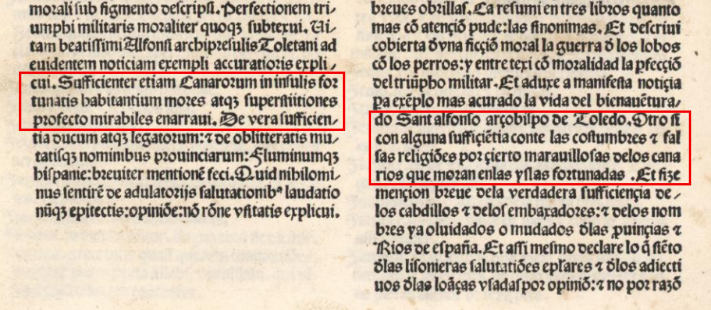
An excerpt from folio 548v. of the Universal Vocabulary in Latin and in Romance (1490) by Alfonso de Palencia where he declares having written a work on the customs and religions of the Canarian people (source: Biblioteca Virtual de Andalucía / PROYECTO TARHA -boxes-).
Unfortunately all this does not make up for the lack of Alonso de Palencia’s work, a loss that we will always deplore due to the the first-hand Canarian news it would provide and for being the first Castilian information on Gran Canaria’s indigenous customs.
Prof. Juan Álvarez Delgado (1963) –Alonso de Palencia (1423-1492) y la historia de Canarias, p. 77–
He negotiated in the name of the Catholic Monarchs the capitulations preceding the royal invasion of Gran Canaria, supervised and coordinated the logistics of the conquest expeditions put under the command of Juan Rejón in 1478 and 1479, and shortly thereafter personally proposed Pedro de Vera as the most qualified man to end the war of Canaria, entrenched from the beginning by the interpersonal quarrels of the Castilian captains and the strong indigenous resistance.
With this background, no one would suspect that Alonso or Alfonso de Palencia (Palencia, 1423 – Seville, 1492) was the author of the first monographic study devoted entirely to the culture and religion of the ancient Canarians. And it is true that a brief analysis of this character and his extensive literary production makes it hard to find in the Castile of his time a better connected and prepared individual to face a work of this kind.
(more…)
Más / More...
